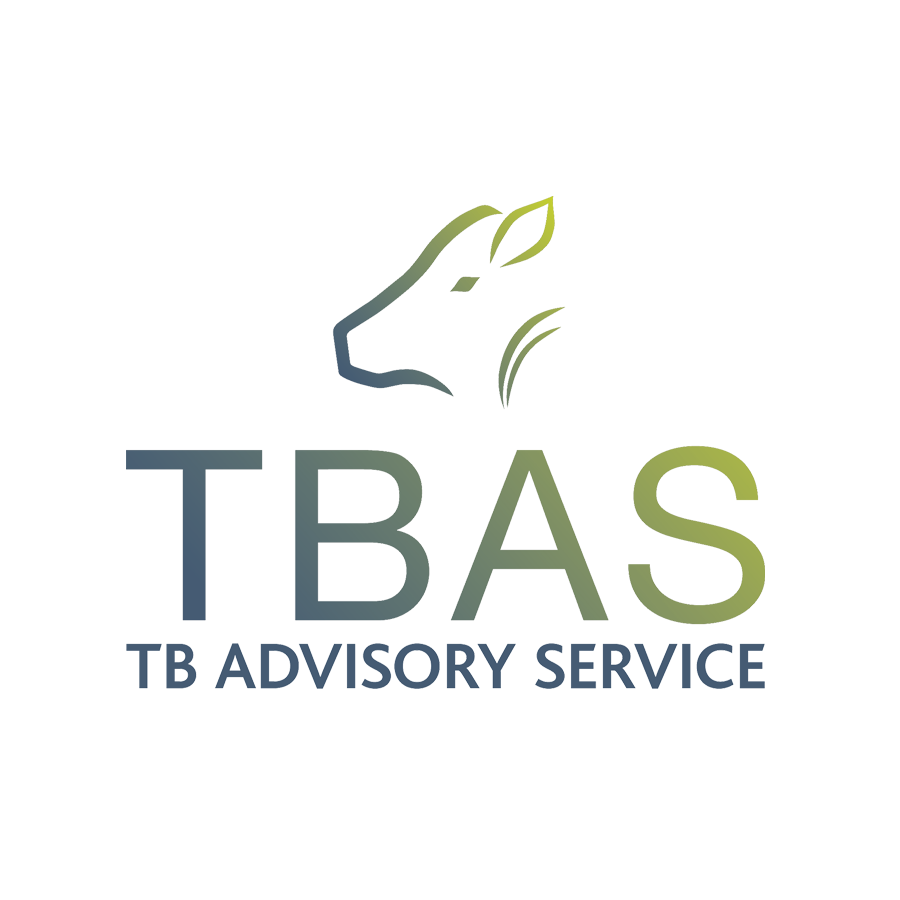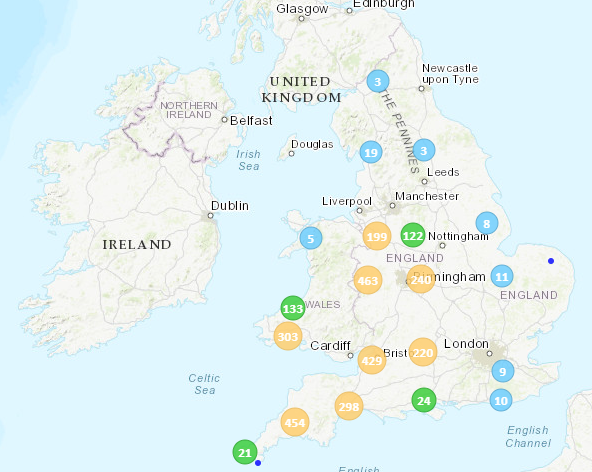Bovine TB can be devastating to your community. Take these five actions to protect your herd and your neighbours.
TB biosecurity five point plan
Bovine TB is a chronic, infectious disease caused by the bacterium Mycobacterium bovis (M. bovis). It is mainly, but not exclusively, a respiratory disease. It is caught by breathing in droplets of sputum (mucus coughed up from the lower airways) containing TB bacteria. This can occur through close contact with infected cattle and wildlife. Infection is also possible through other routes, for example eating feed contaminated with sputum, milk, urine, faeces or pus from infectious animals.
Protect your herd from TB contains five main recommendations on the practical measures that you can take to reduce the risk of introducing bovine TB onto your farm. The importance of these measures may vary between herds and TB risk areas (High Risk, Low Risk and Edge Areas in England), so consider consulting your vet to ensure that the right measures are put in place for your herd. It may not be practical to apply all of the measures, but taking action to limit opportunities for disease transmission will help to protect your own farm and other farms.
Whilst the majority of this guidance applies to all cattle farms across England and Wales, there is some reference to the TB risk areas in England. Visit gov.wales for more information about control of bovine TB in Wales. The advice provided in the five point plan does not necessarily take into account the biosecurity requirements for specific situations, e.g. Approved Finishing Units or CHECS accreditation. The requirements for these specific circumstances should be taken into consideration where appropriate.













